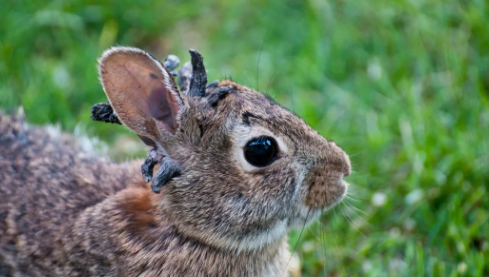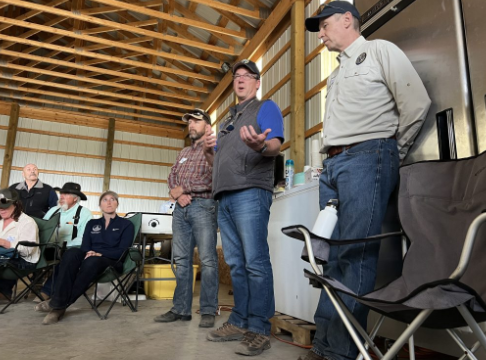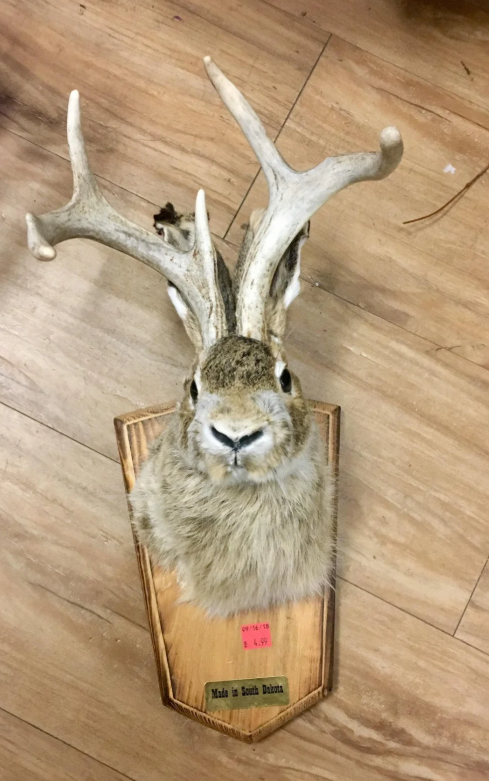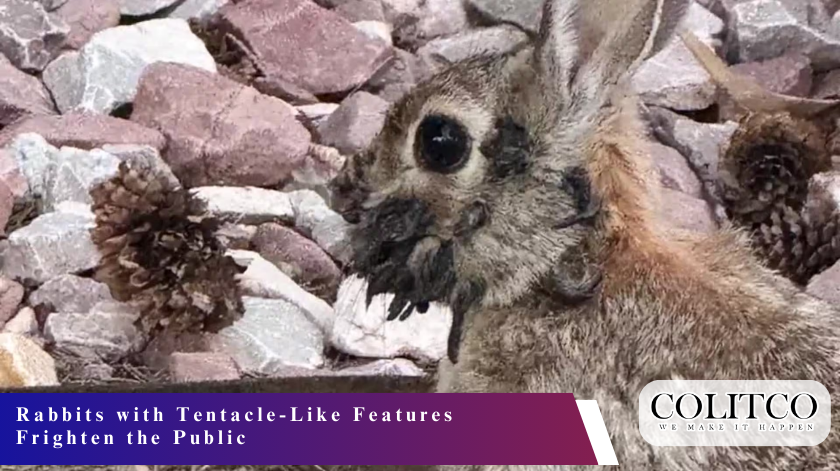Fort Collins Observes Baffling Growth

A Fort Collins rabbit with horn-like growths caused by shope papillomavirus
Tentacle-like protrusions have appeared on Colorado rabbits in Fort Collins, frightening the public and prompting official actions. The unusual appearance is the work of Shope papillomavirus, a viral disease that infects rabbits and creates wart-like tumors on and around the head and face. The protrusions, normally deformed and black, have been described as horn- or tentacle-like.
Residents became aware of the condition when images circulated online of rabbits with facial tumors. They were variously referred to in some reports as “black quills” or “toothpicks” protruding from the mouths of animals. Infections were confirmed by wildlife authorities, and they assured the public that the virus poses no risk to humans, pets, or other wildlife.
Cause and Transmission of the Virus
View this post on Instagram
Colorado Parks and Wildlife (CPW) discovered that the virus was spread mostly through bites from insects such as ticks and fleas. These insects are particularly prevalent in warmer months, thus spreading it among wild rabbit populations. The virus is similar to the human papillomavirus but is specific to rabbits.
The officials have assured that the virus is not contagious to humans or pets at home. However, officials still do not advise direct handling of infected rabbits. Most of the infected rabbits can recover from the disease, and the lesions heal spontaneously without treatment.
Effects on Infected Rabbits
The papillomas tend to show up in the area of the head, mouth, and eyes of a rabbit. Though unsightly where they appear, the tumors rarely cause the animal discomfort unless they deform feeding or vision. CPW monitors cases where the tumors interfere with basic functions, but otherwise, most rabbits infected with it cope and carry on as normal.
Some of the residents reported that they noticed the same rabbit every year, and the tumors grew bigger every year. Others have shared viral photos online comparing the animals to “zombies” or “Frankenstein bunnies.”
Public Safety and Wildlife Guidelines

Colorado Parks and Wildlife advises avoiding contact with infected rabbits
CPW has cautioned people not to touch and not to feed, or not to approach an infected or healthy wild rabbit. This follows the standard wildlife safety measures, which aim to eliminate aspects such as causing unnecessary traumatization to animals and transmission of diseases among animals.
Their owners have also been reassured that no transmittal of known viruses from rabbits to domestic pets such as dogs or cats exists. However, their pets need to be leashed when outside and protected from wildlife.
Cultural and Folklore Associations

Horn-like growths may have inspired the North American jackalope legend
The horn-like growths have been theorized by some researchers to have helped create the birth of the jackalope legend, a mythical North American animal characterized by a rabbit with antlers. The condition has also attracted light-hearted remarks on social media, with mention of popular culture and mythological animals.
The typical look has generated a lot of attention; however, experts continue to say that the virus is not typical and has appeared elsewhere in other regions.
Seasonal Patterns in Virus Activity
Biting insects are the primary vectors of the virus, and so infections become more probable when it is hot weather. In winter, transmission becomes improbable, but some rabbits transmit the virus to the next season. CPW clarifies that the seasonal pattern is the reason why residents may observe recurrent cases.
Wildlife scientists further add that environmental conditions, such as fluctuating insect populations, could impact infection levels. It is because of this that summer surveillance is particularly important.
Also Read: https://colitco.com/us-markets-rise-fed-rate-cut/
Last Thoughts—Have You Seen One?
Rabbits in Colorado with tentacle-like growths have caught the public’s imagination with their strange looks, but wildlife authorities are requesting the public not to panic. The virus is rabbit-restricted, has an insect secondary transmission vector, and poses no danger to humans or animals. People who spot such rabbits are requested to maintain distance and report unusual encounters to state wildlife authorities.
Have you ever encountered a rabbit with such tumors in your area, and how did you feel upon the encounter?












